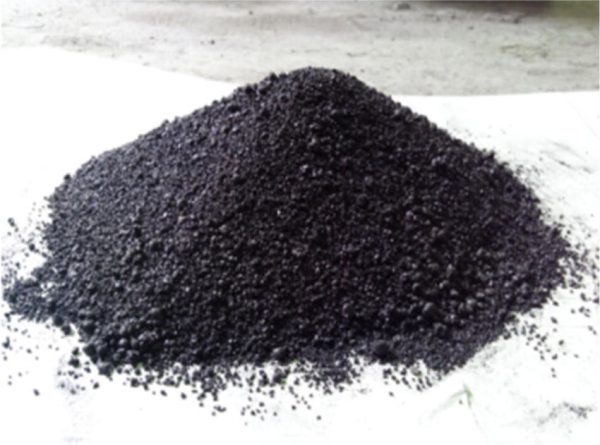
Copper Slag
Characteristics of Copper Slag
Copper slag is widely used in grit blasting as an abrasive material. Its main characteristics are:
Hardness:
Copper slag is very hard, which makes it an efficient abrasive.
Sharp Edges:
The granules of copper slag are sharp and edgy, contributing to its effectiveness in removing material from surfaces.
Uniform Surfaces:
When used in sandblasting, copper slag helps achieve uniformly coarse and sharp surfaces, which is beneficial for processes like enameling and metallization.
Angular Shape:
The predominantly angular shape of copper slag granules allows for fast cleaning action.
Uses of Copper Slag
Copper slag is widely used in grit blasting as an abrasive material. Its main characteristics are:
- Grit Blasting
- Construction Material
- Geotechnical Applications
- Road Construction
- Cement Manufacturing
- Ballast
- Roofing Granules
- Paints and Coatings
RECOMMENDATIONS FOR USE
Distance to surface: Optimum distance between nozzle and surface is around 30cm (12 inch).
Nozzle direction: Avoid blasting perpendicular (90 degrees) to the surface. An angle of 75-80 degrees gives the best performance.
Nozzle pressure: Air Pressure at the nozzle should be between 80 and 100 psi, the closer to 100 psi, the better the performance.
Remember, to achieve high nozzle pressure:- Nozzle size to be in relation to the capacity of the compressor (see diagram) Note that at continuous working
the compressor should not run at more than 75% of the capacity.
– The air hose between compressor and blasting unit to be of as large diameter as possible and as short as possible.
Nozzle size: 5/6-1/2 inch
Air / Grit mixture: The grit valve is to be set at a lean feed. Too much grit in the air flow results in low production and less profile. Start with the grit valve closed, open gently until you get the proper effect and leave it there. The grit coming out of the nozzle should look like a blue haze and not like a black cloud.
